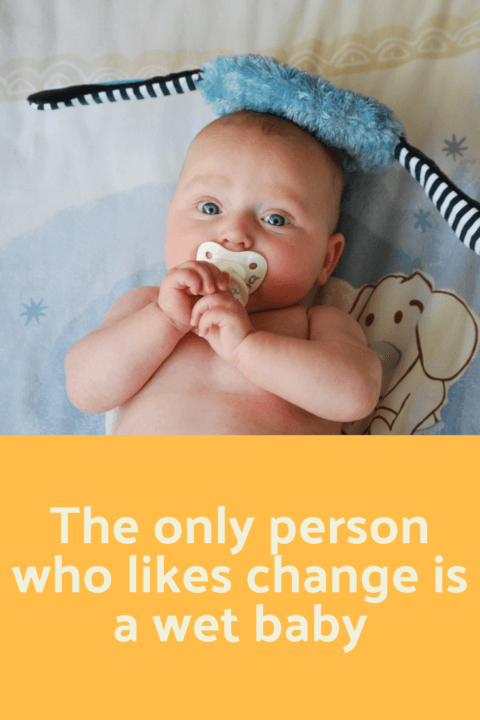As tourism business owners and managers, one of our roles is to find ways to capitalize on changes and trends. While our goal is to increase revenue and attendance, most staff see change as a threat. Our job is to help our employees get past the ‘ It won’t work” phase and have them help find the way to implement this strategy for success.
Change is hard
 I’ve read enough self-help books to know that humans resist change. It upsets the status quo and can create chaos, which we instinctively avoid. However, if we don’t change and evolve, our attractions and destinations risk becoming less popular, losing funding and going out of business. Change is necessary and inevitable. Our job is to communicate the why and how so our staff feels comfortable.
I’ve read enough self-help books to know that humans resist change. It upsets the status quo and can create chaos, which we instinctively avoid. However, if we don’t change and evolve, our attractions and destinations risk becoming less popular, losing funding and going out of business. Change is necessary and inevitable. Our job is to communicate the why and how so our staff feels comfortable.
Listen to your frontline staff
Frontline staff have knowledge and insight that those of us sitting in an office don’t have. Take the time to talk to a few key admission staff and get their input when you are considering a new initiative. We have no way of knowing that the same problem occurs consistently, or that a new idea might cause more problems that need to be considered unless we ask. Take time once a quarter to stand with your frontline staff so you can experience what they hear every day. You might even come up with a great idea by listening!
A sentence I won’t forget
When I was in my Master’s program, one of the professors spoke about how he engineered change at his full-time job. He would bring up a new idea and inevitably the staff would say “ It won’t work”. He would say “ I know it won’t work, but if it had to how would it look? The staff would say- “But it won’t work.” He would acknowledge them again and say “ I know it won’t work, but if it had to, how would it look.” And he said that by the third time this exchange had taken place, someone in the room would speak up and have an idea on how it would work. Bingo!
I have used this before and it really works. It is successful because you validate your employees’ thoughts and feelings, but continue to guide the process to success. And if a staff person comes up with a viable solution, you will see that they become a cheerleader because they feel invested in the initiative at that point.
Here’s a quote from the EMyth, a very popular business book:


The Business Development Process is not static. It’s not something you do and then are done with. It’s something you do all the time. In other words, once you’ve innovated, quantified, and orchestrated something in your business, you must continue to innovate, quantify, and orchestrate it. The Business Development Process is dynamic, simply because the world, moving as it does, will not tolerate a stationary object. The world will collide with whatever you’ve created, and sooner or later destroy it. The Business Development Process is that which enables you to preempt the world’s changes. It hopefully precedes them, anticipates them, and, if not, at least is infinitely flexible in relationship to them. In short, Innovation, Quantification, and Orchestration are the backbone of every extraordinary business.
Final Thoughts
If you read my previous post on creative thinking, you might have some good ideas you would like to implement at your attraction, hotel or DMO. Try the process above and let me know how it works. Even better, I would be happy to offer a free strategy session for anyone that has a new idea they want to implement in their tourism business. Email me at sally@sallydavisberry.com.

